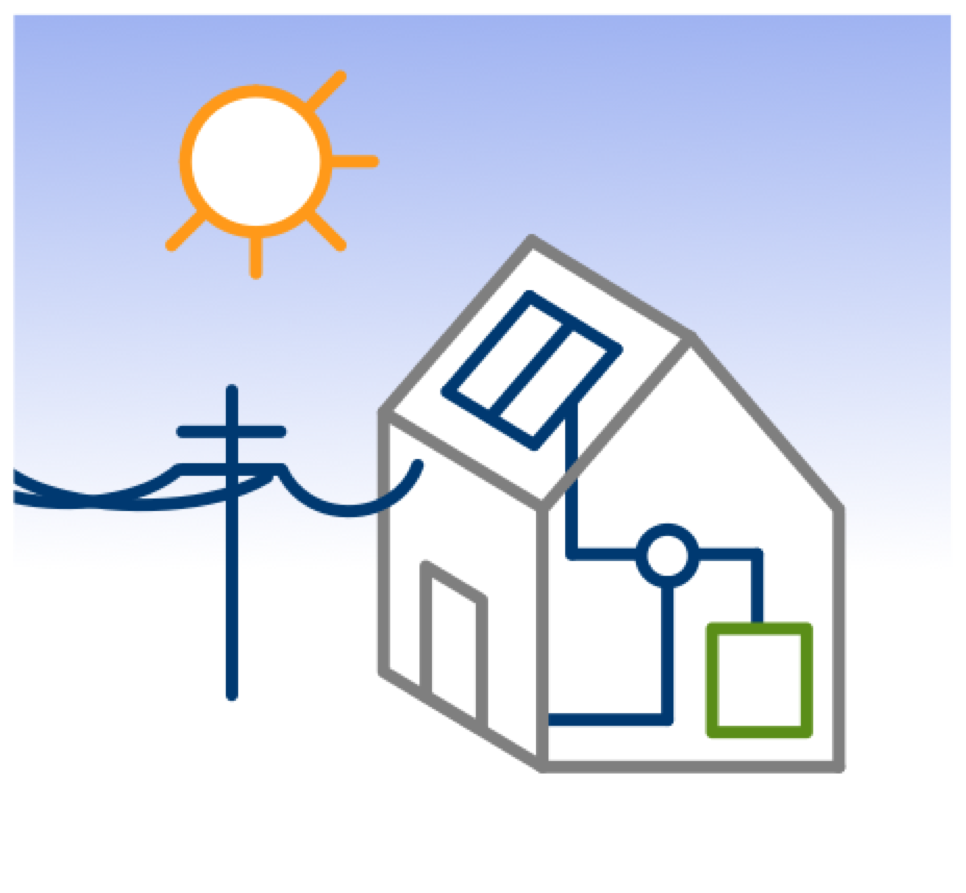Tell me who doesn’t want clean jobs for energy independence and profit?

“Environmental sustainability… can lead to more and better jobs, poverty reduction and social inclusion,”
The above quote is Juan Somavia in an article Stephen Leahy wrote for Common Dreams 1 June 2012, For an Ailing Planet, the Cure Already Exists,
Germany’s renewable energy sector now employs more people than its vaunted automobile industry.
No wonder, when German solar power produces more than 20 nuclear plants.
 How many jobs? According to Welcome to Germany 13 April 2012, Renewable Energies Already Provide More Than 380,000 Jobs in Germany, which cites a report from the German government,
How many jobs? According to Welcome to Germany 13 April 2012, Renewable Energies Already Provide More Than 380,000 Jobs in Germany, which cites a report from the German government,
The boom in renewable energies continues to create new jobs in Germany. According to a recently published study commissioned by the Federal Environment Ministry, the development and production of renewable energy technologies and the supply of electricity, heat and fuel from renewable sources provided around 382,000 jobs in 2011.
This is an increase of around 4 percent compared to the previous year and more than double the 2004 figure.
 “Current employment figures show that the transformation of our energy system is creating entirely new opportunities on the job market,” said German Environment Minister Norbert Röttgen.
“Current employment figures show that the transformation of our energy system is creating entirely new opportunities on the job market,” said German Environment Minister Norbert Röttgen.
“It is the major project for the future for German industry. This opens up technological and economic opportunities in terms of Germany’s competitiveness as an exporter and location to do business.”
Wouldn’t we like some of that here in sunny
south Georgia, a thousand miles south of Germany?
Back to the Stephen Leahy article:
Globally, the renewable energy sector now employs close to five  million workers, more than doubling the number of jobs from 2006-2010, according to a study released Thursday by the International Labor Organization (ILO).
million workers, more than doubling the number of jobs from 2006-2010, according to a study released Thursday by the International Labor Organization (ILO).
The transformation to a greener economy could generate 15 to 60 million additional jobs globally over the next two decades and lift tens of millions of workers out of poverty, concluded the study, “Working towards sustainable development”.
Everyone will benefit. Everyone can benefit starting right now.
Continue reading →
Fellwood is a project which aims to demonstrate that highly efficient and healthy buildings can be built affordably. The project will include a four acre park and a community garden. Preserving the local oak tree canopy will be another important step. The development team is taking steps to reduce stormwater run off and utilize native landscaping. Energy Star appliances, reflective roofs, and high efficiency windows are all included in the plans. The project will be registered with the EarthCraft Coastal Communities certification, and it is a pilot LEED — ND neighborhood. It is developed using the principles of smart growth for walkable and diverse communities.















